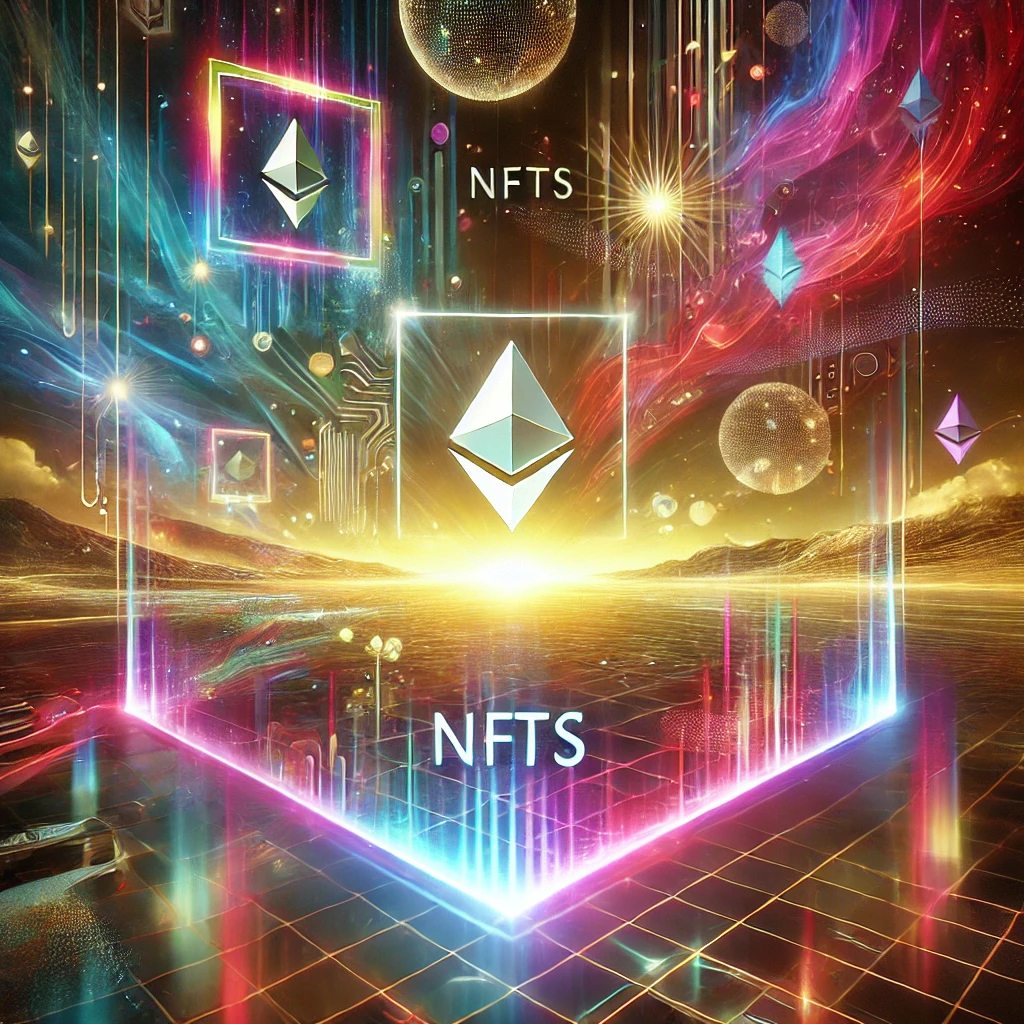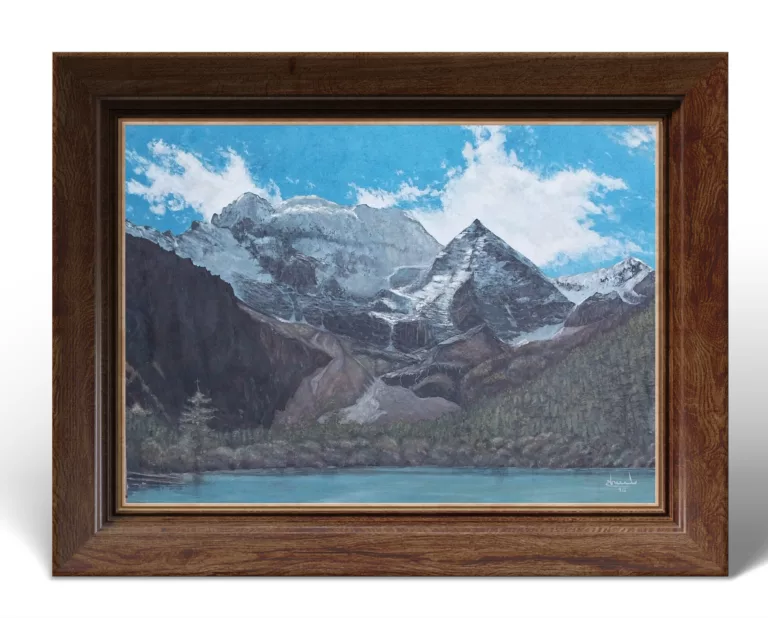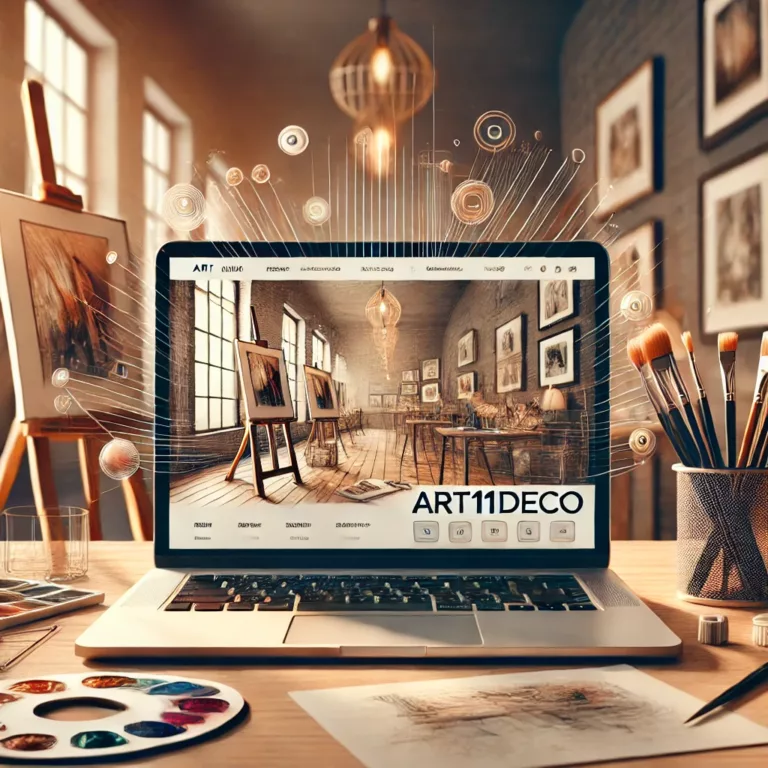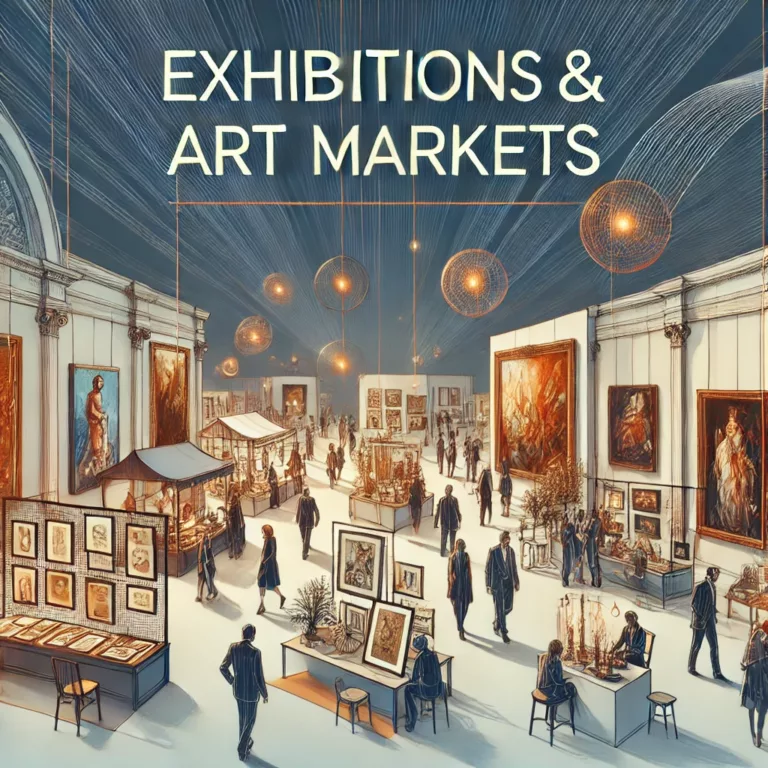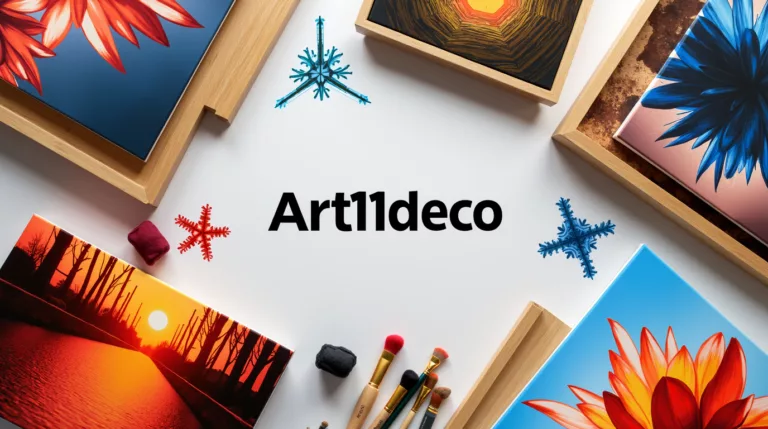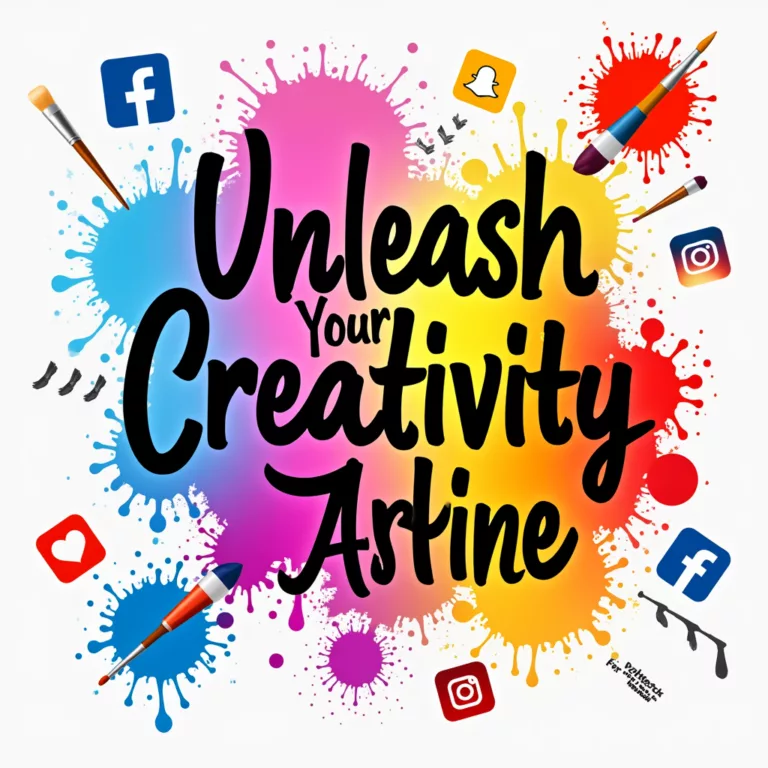Digital Art & NFTs
In the rapidly evolving landscape of creative industries, digital art and NFTs (Non-Fungible Tokens) have emerged as potentially transformative forces for artists seeking sustainable income streams. This article explores whether these technologies represent the future of artistic monetization or if they’re simply another passing trend.
Understanding Digital Art in Today’s Market
Digital art has transcended its origins as an experimental medium to become a legitimate, respected art form. With powerful creation tools becoming more accessible and affordable, artists worldwide can now produce professional-quality digital artwork without traditional barriers to entry.
Key advantages of digital art for creators:
- Unlimited reproduction without quality degradation
- Global distribution without shipping or physical storage costs
- Creative flexibility with diverse digital tools and techniques
- Direct audience engagement through social media and online portfolios
The NFT Revolution: Transforming Digital Ownership
Non-Fungible Tokens have fundamentally changed how digital art is valued, collected, and monetized. By creating verifiable scarcity and authentic ownership through blockchain technology, NFTs have enabled digital artists to sell their work as unique assets rather than infinitely reproducible files.
How NFTs benefit artists:
- Provable authenticity through blockchain verification
- Smart contracts enabling royalties on secondary sales
- Direct-to-collector sales without traditional intermediaries
- New forms of artistic expression through interactive and evolving pieces
Current State of the NFT Art Market
After the explosive growth and subsequent cooling of the initial NFT boom during 2021-2022, the market has begun to mature. While headline-making multi-million dollar sales have decreased, a more sustainable ecosystem is emerging with:
- Specialized platforms catering to different artistic styles and price points
- Community-driven marketplaces supporting artists through curation and promotion
- Integration with established art institutions lending legitimacy to the space
- Evolving standards for sustainability, curation, and artist protection
Success Stories and Cautionary Tales
For every artist who has achieved financial freedom through digital art and NFTs, many others have struggled to gain visibility in an increasingly crowded marketplace. Success stories often involve:
- Consistent quality and artistic vision
- Community building and authentic engagement
- Strategic marketing and platform selection
- Adaptability to technological and market changes
Challenges and Criticisms
The digital art and NFT landscape faces several significant challenges:
- Environmental concerns about energy consumption (though many platforms now use more efficient blockchain solutions)
- Market volatility affecting valuation and collector confidence
- Copyright infringement and plagiarism issues
- Technical barriers for both artists and collectors
- Oversaturation making discovery challenging for new artists
Is This the Future of Artistic Income?
Rather than representing a complete replacement for traditional art income streams, digital art and NFTs are better understood as powerful additions to an artist’s portfolio of revenue options. The most successful artists often:
- Diversify income streams across digital and physical works
- Build communities spanning both NFT collectors and traditional art audiences
- Leverage technology while maintaining artistic integrity
- Remain adaptable to emerging platforms and standards
Strategies for Artists Entering the Space
For artists considering digital art and NFTs as income sources, consider these approaches:
- Start with education: Understand the technology, marketplaces, and community norms
- Build authentic connections: Engage genuinely with collectors and fellow artists
- Focus on artistic value: Create work with lasting significance beyond speculation
- Think long-term: Develop sustainable practices rather than chasing trends
- Protect your work: Implement proper copyright registration and documentation
Conclusion: Evolution, Not Revolution
Digital art and NFTs represent a significant evolution in how artists can monetize their creativity, offering unprecedented opportunities for direct sales, ongoing royalties, and global reach. However, they are most effective when integrated into a comprehensive approach to artistic practice and business.
The future likely belongs to artists who can thoughtfully combine traditional and digital approaches, maintaining artistic integrity while embracing new technologies. Rather than asking if digital art and NFTs are “the future” for artists, perhaps the better question is how these tools can be thoughtfully incorporated into a sustainable artistic practice.
By focusing on creating meaningful work, building genuine connections with audiences, and strategically leveraging both new and established platforms, artists can navigate this evolving landscape to create sustainable income streams that support their creative vision.

